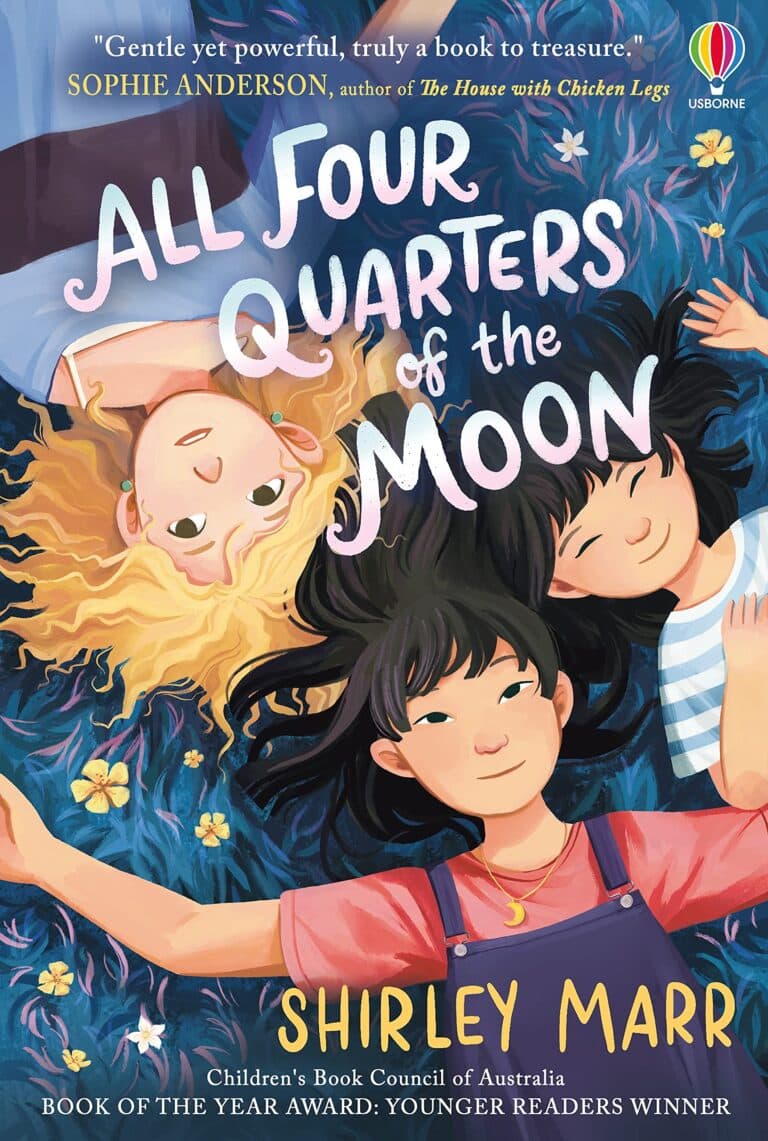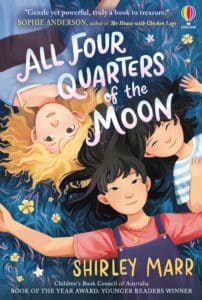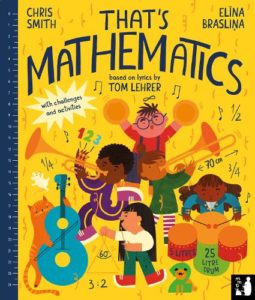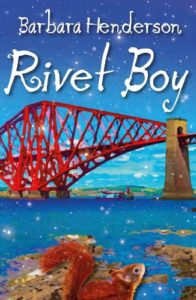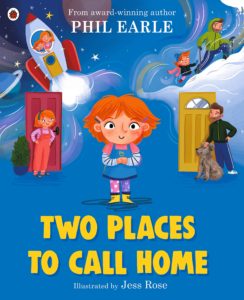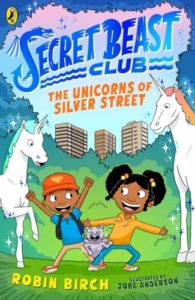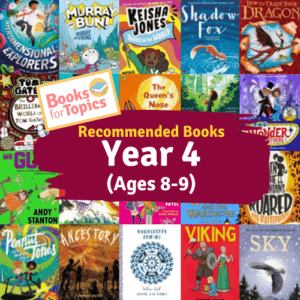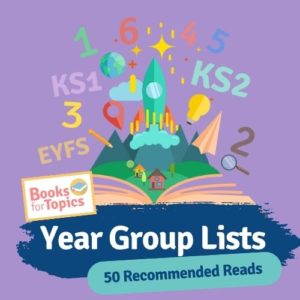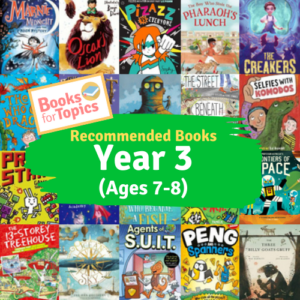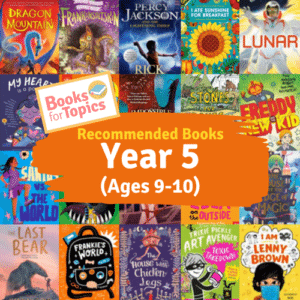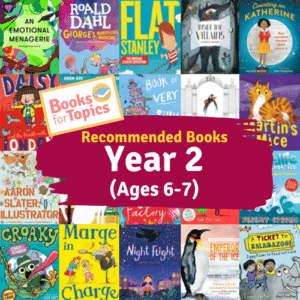‘All Four Quarters of the Moon’ is a story of friendship, family and change, which is experienced by two sisters throughout their move from Singapore to a completely new culture. The story delves into the emotions faced by Peijing as she navigates her coming of age during the time of her family relocating to a new home in Australia. The author tells the story with beautiful honesty, and the reader has a real sense of Peijing’s internal worries, aswell as her admiration and love for those around her.
What is most paramount in the story is the importance of sisterhood and friendship. Although Peijing and her sister Biju have their differences, they continue to look after each other in times of uncertainty and celebrate each other’s success. In particular, the author includes small extracts at the end of each chapter where Peijing tells her younger sister traditional stories, which her Ma Ma once told her. Throughout these stories the sisters exchange heart-warming dialogue which emphasises their strong bond. This added a beautiful touch to the book, as the reader is reminded of the sister’s closeness, at difficult times (including the impending illness of their Ah Ma).
Marr creates some important relationships in the story, particularly the friendship Peijing builds with the school outcast, Joanna. Clues begin to unravel throughout the chapters that despite her carefree exterior, things may not be as rosy as they first seem. The two characters seem to bond over being ‘outsiders’ and their bond becomes a critical part of Peijing’s character development, which leads to a pivotal point in the story. Teacher’s could explore the significance of this friendship through PSHCE, as well as discussing bullying, child neglect and racism; the characters represent acceptance, despite appearances.
As well as the development of these relationships, the story also explores the vast differences between the two cultures. Readers will learn about moon cakes, coconut jam baos and fortune sticks, along with traditional fables being retold. As the story unfolds, the girls find their way through language barriers, a disapproving, traditional mother, and making new friendships, eventually learning to embrace the traditions of both cultures.
Any UKS2 child can relate their own feelings of being an outsider to those within this book. The story is told incredibly gently, yet honestly, about what it is like to move to a new culture. A superb read.








